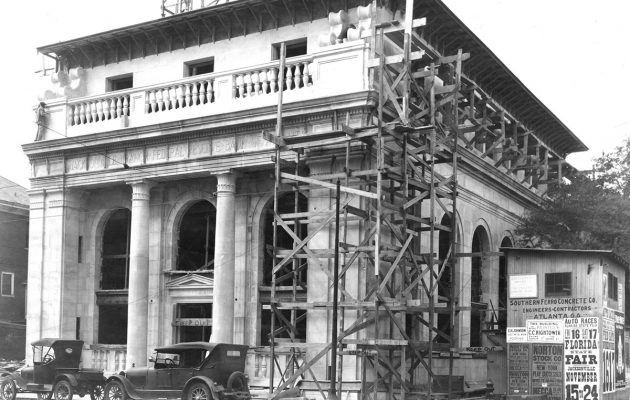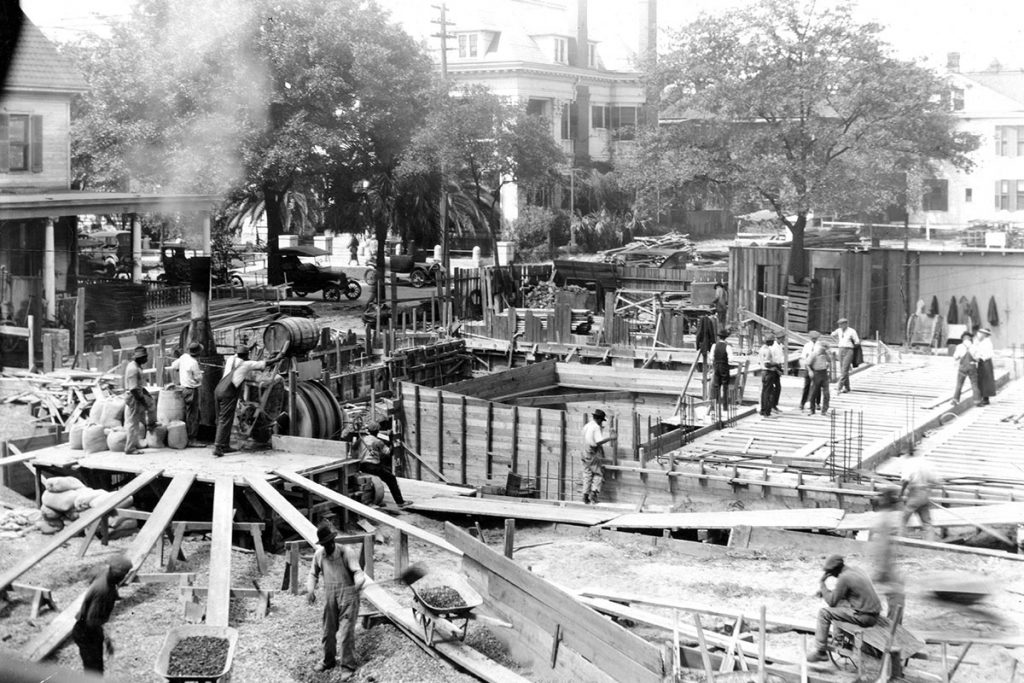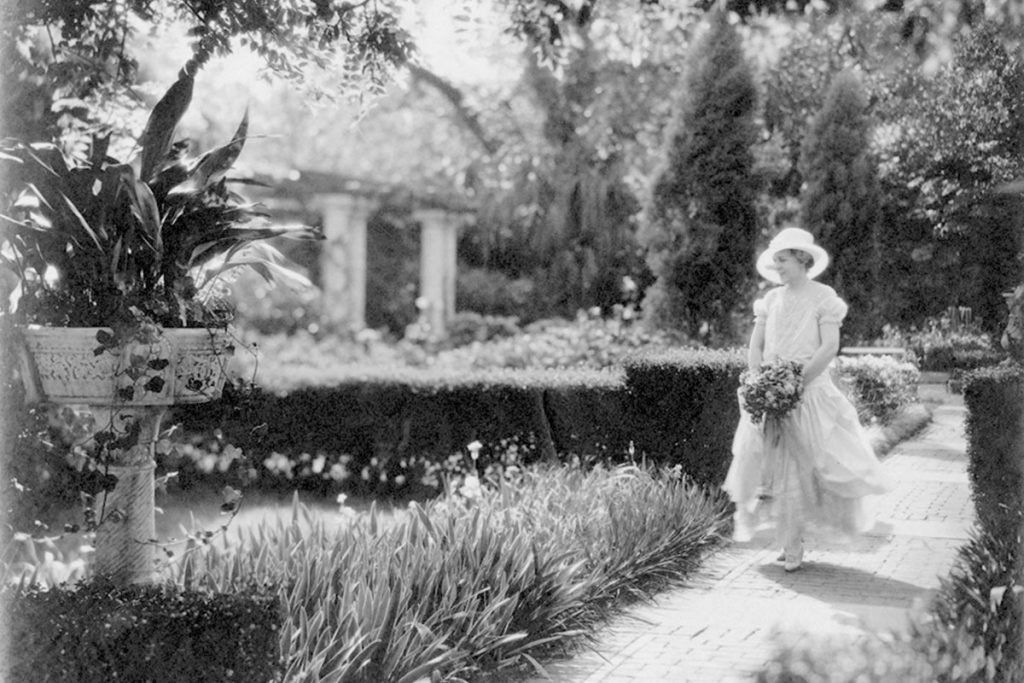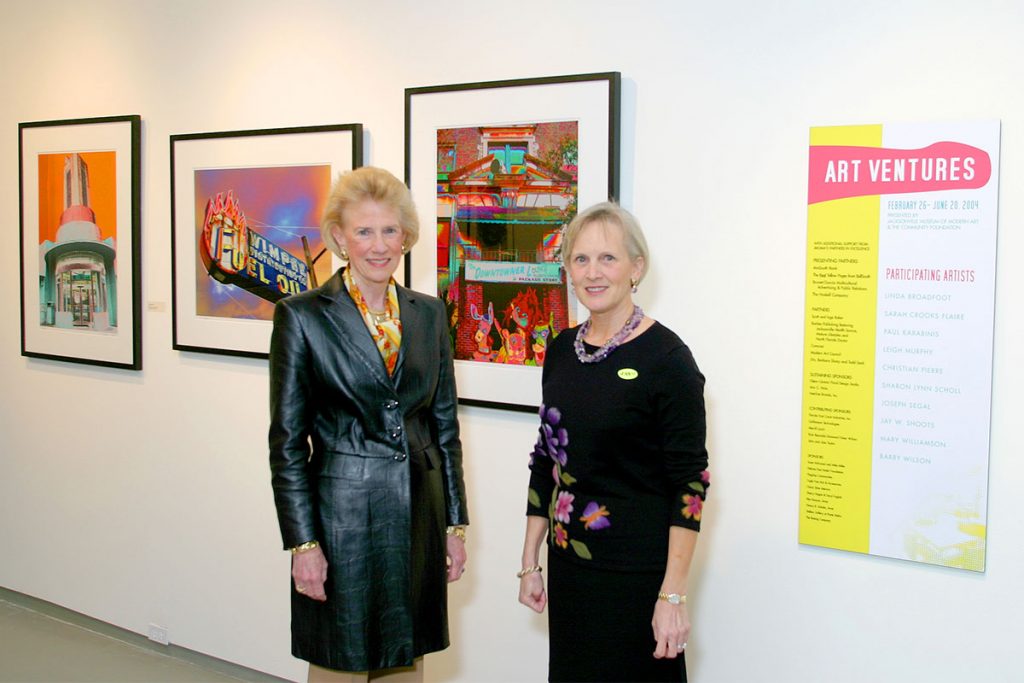Jacksonville Women in the Arts: A timeline
Posted on April 7, 2022 By Editor Top Stories

We have all come to recognize March as Women’s History Month. It began, however, as a local celebration created and executed in 1978 by an educational task force in northern California and rather than a month, it lasted only a week. The first National Women’s History Week was designated by President Jimmy Carter in 1980. In his proclamation, he stated, “…Men and women have worked together to build this nation. Too often, the women were unsung and sometimes their contributions went unnoticed. But the achievements, leadership, courage, strength and love of the women who built America was as vital as that of the men whose names we know so well.” It would be another seven years before Public Law 100-9 designated the month of March as Women’s History Month.
Locally, women have made major contributions to the city of Jacksonville and the country at large. Focusing more narrowly on the arts community of the River City, we can celebrate the devotion, patronage and support women have paid to the arts. As we approach the city’s bi-centennial, we’ve highlighted four of the many women who did just that, whether by paving the way for women to play a role in the arts community, devoting their lives to gathering a collection that would launch a local institution, creating a legacy that would continue to honor local artists or forming a space to lift up women’s voices in the art community.
Early 1900s
Henrietta Dozier
Architect
1872 – 1947
Recognized as the first woman architect in Jacksonville and the state of Georgia, Dozier left her mark on the River City, although many of her earlier commissions were destroyed in the Great Fire of 1901. Dozier was one of three women in a class of 176 at the Massachusetts Institute of Technology. In 1899, she was the only woman to graduate and she did so with an advanced degree in architecture. Working as a woman in a male-dominated industry, Dozier was reported to often dress like a man and adopt gender-neutral professional monikers like H.C. Dozier or “Harry.” Several of her designs still stand today, including the Federal Reserve Bank Building at 424 North Hogan Street (completed in 1924). Of the photo displaying the men working at the construction site, Jacksonville Historical Society Chief of Staff and Communications Director Kate Hallock said, “Rumor has it that…Henrietta Dozier is dressed in men’s clothing and is standing on the right.” In 1939, Dozier participated in the Federal Writer’s Project — a federal program to support and fund writers in the Great Depression — and spoke about her life and career as an architect. She called herself “a lone wolf” as a woman in architecture and spoke of talent in the field as something one is born with rather than a skill one can acquire. “You know architects are rather like poets – they are born, not made,” she said in the interview.

Mid-Century
Ninah Cummer
Philanthropist
1875 – 1958
Ninah Cummer loved her adopted hometown. In 1897, following her wedding to Arthur Cummer, Ninah moved to Jacksonville from Michigan and immediately began engraining herself in her new community through various charitable and social causes. Jacksonville knows her most notably, perhaps, for the Cummer Museum of Art and Gardens, her extensive roles in the establishment and beautification of public parks and her passion for gardens.
When it comes to the art that became the bedrock of the museum’s initial collection and the formation of the museum itself, she truly was the woman behind the curtain. “She was very progressive in the sense that she did not intend news of this gift [of the art collection] to get out while she was still alive,” said J. Wayne & Delores Barr Weaver Chief Curator Holly Keris. “…She declared that she considered what she was doing to be very modest and she said if this institution is going to survive, it’s gonna have to be because other people in the community choose to carry it forward.” Following the death of her husband in the early 1940s, Cummer began “collecting with a capital C,” Keris explained. By the time she passed away in 1958, Cummer had amassed a collection of approximately 60 museum-quality pieces. In her will, she established the museum’s foundation and named its first board of directors, but otherwise left it up to her community to take up her torch and carry it forward. Keris said Cummer’s attitude towards the specifics and creation of the museum was very hands-off.

“Her attitude was really, ‘No. The mechanism for this is coming after I have passed away. I am doing all of this work up until this point but it really is for other people to pick up and carry forward’ and I think that spirit has given the museum a lot of flexibility to ebb and flow as it’s needed to over these last 60 years,” Keris added.
Late 1900s
Ann McDonald Baker
Philanthropist
1937 – 2011
Ann McDonald Baker believed in the importance of art and culture within her community as well as that community’s responsibility to encourage and uplift their artists and visionaries. Her legacy lives on through the various community organizations and initiatives she helped create, from The Cultural Council to The Community Foundation for Northeast Florida’s (TCF) Arts Ventures Fund and Women’s Giving Alliance — to name a few. After she passed away in 2011, TCF honored her legacy by creating the Ann McDonald Baker Art Ventures Award. The first recipient of this award, which includes an unrestricted $10,000 grant, was selected in 2015.
In a press release announcing the inaugural recipient, artist Terrance L. Patterson, TCF President Nina Waters said, “Like Terrance, Ann Baker dreamed of a vibrant local arts community where talented individuals could thrive and share their talents with their fellow citizens. Truly, we are indebted to Ann for her leadership, and believe Terrance and the Ritz Chamber Players embody the heart of what she envisioned, making this award so meaningful for all who cherish her memory and her legacy.”
In November 2021, TCF honored its seventh recipient of the Ann McDonald Baker Art Ventures Award recipient, photographer Douglas J Eng.
Present Day
Kimberly Miller
Artist, Executive Director & Founder of FemArt Gallery
When local artist Kimberly Miller read an article about racism and sexism in the art world, she decided to do something to support her fellow women artists in her own community. In 2017, she founded FemArt Gallery, a non-profit organization devoted to “promoting and supporting women artists.”

“Women’s visual voices are really important today,” Miller said. “They’ve defined our history and we are taking advantage of creating a ‘herstory’ to align with history. We feel it’s really important that our society recognizes the great value of women’s artwork. We give another perspective than what the views have been historically, especially when art has usually been recognized, valued, and glorified by mostly white male artists. They have given us a certain perceptive of human history that has left out 50 percent of the true history.”
Since its inception, FemArt’s membership has grown to more than 100 members. It has helped organize various art exhibits by women artists throughout Jacksonville and next month, it will be opening its own brick-and-mortar art gallery at 476 Riverside Avenue. In preparation for the gallery’s opening, Miller has hosted painting parties at its new location and members have helped paint and decorate the very gallery that will showcase their art when it opens.
“They are all so passionate and want to be heard and seen and that means the world to me,” Miller said.
In addition to uplifting artists through various art shows, FemArt supports its members by furthering their artistic foundations through education, including its 2021 “Women of Color in the Arts Speak” program, in which a group of artists of color spoke to high school students about “their personal art journeys and how they persevered many times even though they faced many obstacles that included dual marginalization because of their gender and their color.” The program was made possible through a grant given by the Dolores Barr Weaver Grassroots Grants Endowment at The Community Foundation for Northeast Florida.
The FemArt gallery opening is scheduled for Monday, April 25.
By Michele Leivas
Resident Community News




 (No Ratings Yet)
(No Ratings Yet)Ann McDonald Baker, Cummer Museum of Art and Gardens, Federal Reserve Building, FemArt Gallery, Henrietta Dozier, Kimberly Miller, Ninah Cummer, TCF, The Cultural Council, Women's History Month





